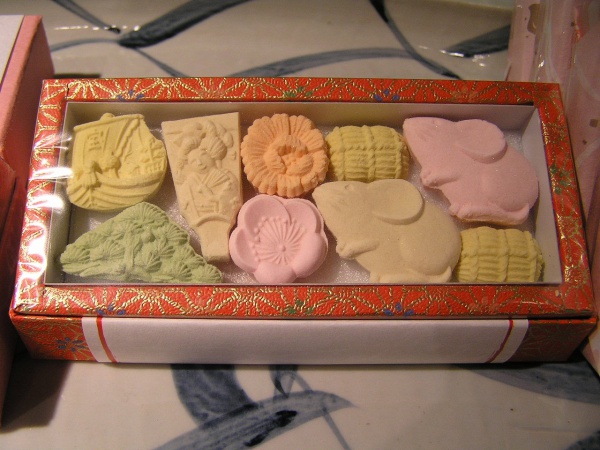Facts About Wasanbon
Wasanbon is a refined type of fine-grained Japanese sugar originating from the Shikoku region, particularly the Tokushima and Kagawa prefectures. Made from a local variety of thin sugarcane known as taketō or chikusha, this sugar boasts a light golden hue and slightly larger granules than icing sugar. It is celebrated for its unique aroma and flavor, offering delightful hints of butter and honey.
Wasanbon is a versatile ingredient in Japanese cuisine. It is commonly used in traditional sweets, yōkan (a type of jelly dessert), and as a sweetener for coffee and tea. Additionally, it finds its way into dipping sauces at sushi restaurants and various home baking recipes. The production process of Wasanbon is quite intricate, spanning eight stages and taking about 20 days to complete. The highest quality variant of this sugar is known as "awa wasanbon toh."
The towns of Kamiita-cho and Donari-cho in Tokushima serve as the epicenter of Wasanbon production, a craft dating back to the 1770s. The special sugarcane, locally referred to as chikutoh or hosokiki, is harvested between December and February when its sugar content is at its peak. The cane juice is extracted using machines, then boiled, clarified, condensed, and refined through a series of washing and kneading steps to achieve its fine texture and pale color.
To prevent fermentation, the sugar pieces are quickly dried after refinement, then crushed and sieved into the fine sugar form that’s ready for use. This meticulous and thorough production process imparts Wasanbon with its distinct and sought-after qualities, making it a prized ingredient in Japanese cuisine and confections.
